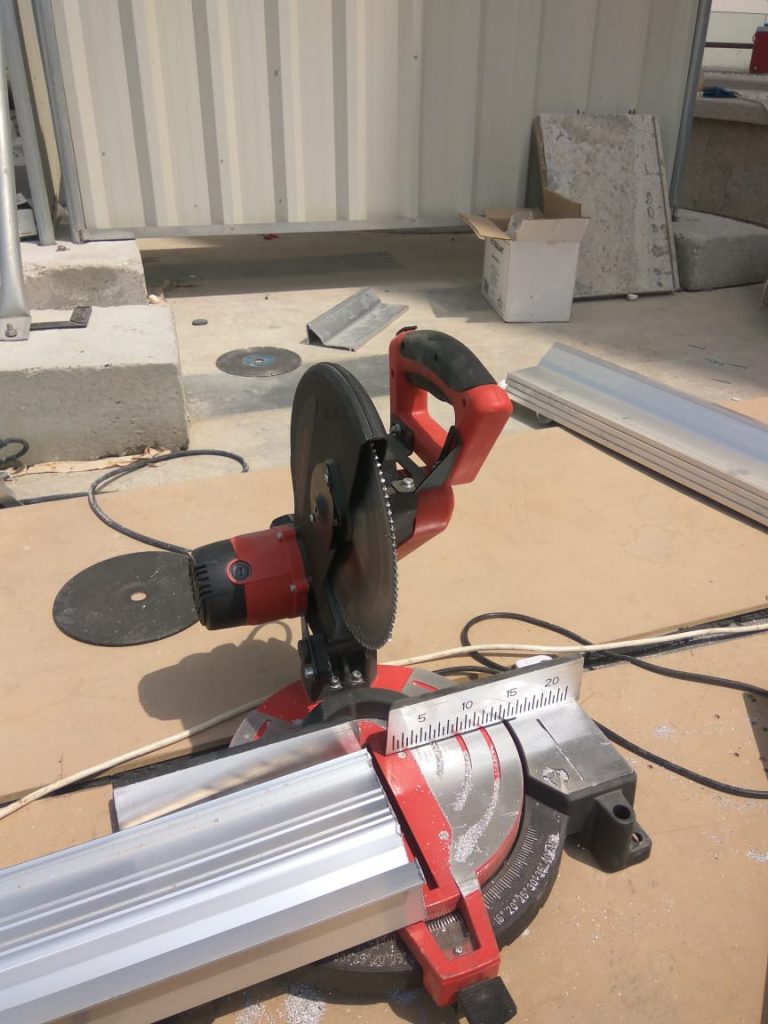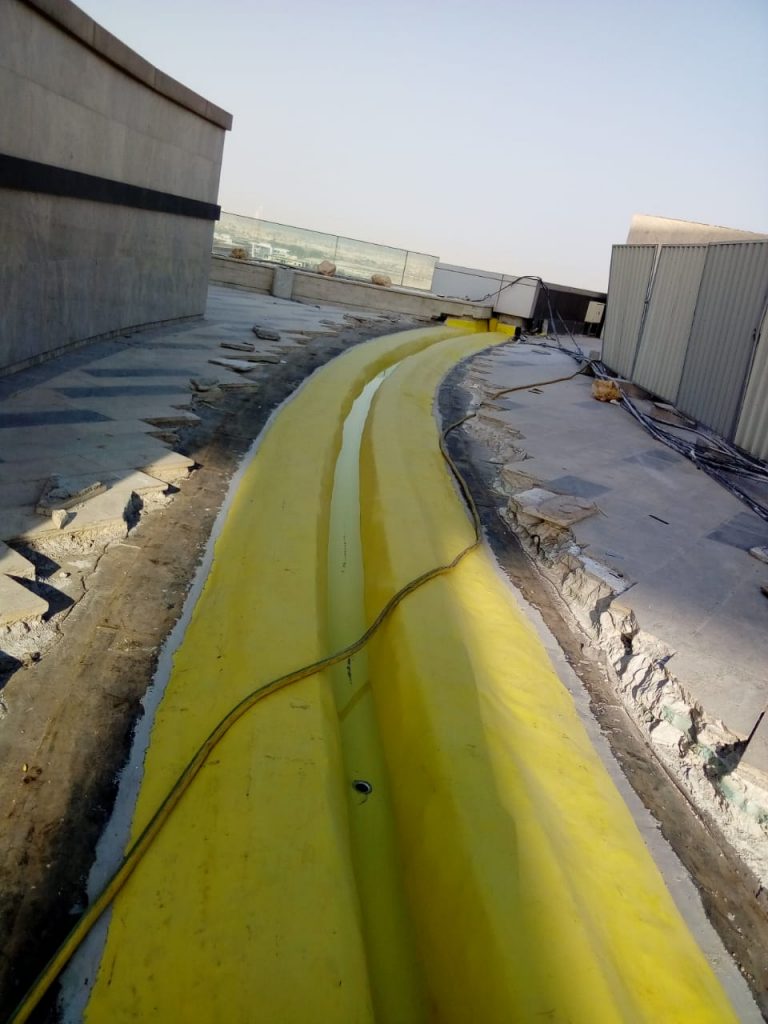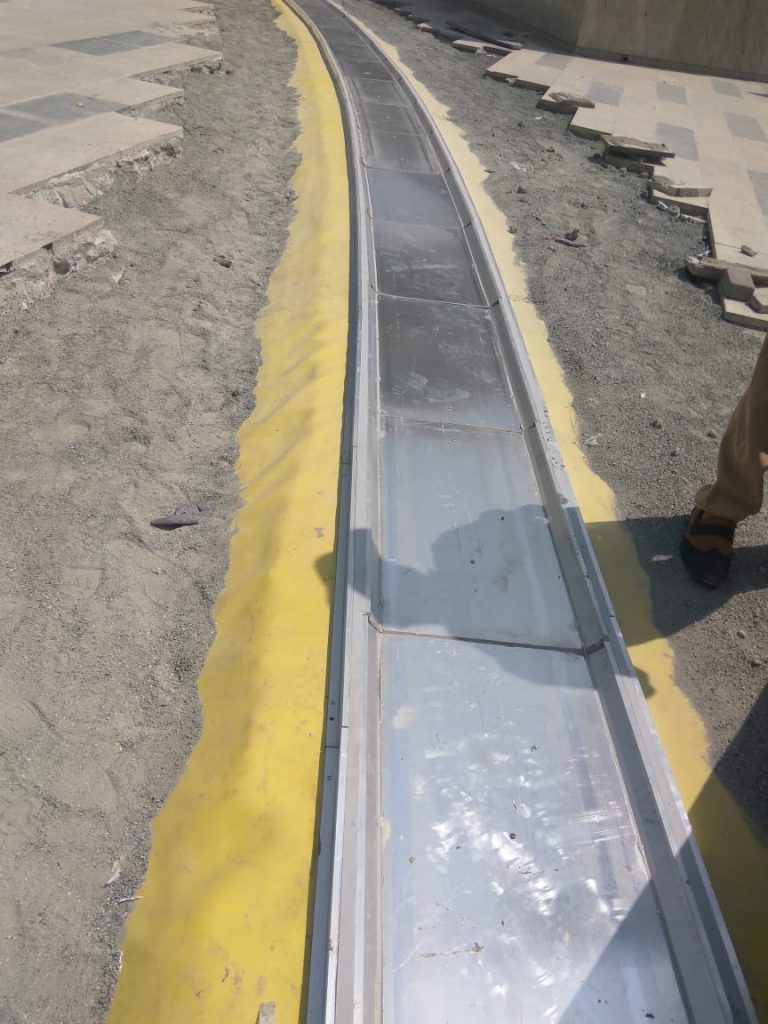Expansion Joint
Expansion Joint
Introduction to Expansion Joint

Large movement expansion joints are best defined as those that provide support across the expansion void, without exceeding the code requirement of the 85 mm ULS unsupported gap.Large movement expansion joints, particularly of the Modular type having movement capacities up to 2,000mm, require careful consideration as to the structural integrity of the bridge in this highly stressed area. Typical block out depth is in the order 0f 400mm. Careful consideration is required early in the design process. Consultation with TAIC engineers is recommended. The most popular types of large movement Expansion Joints include the Modular type with movement range up to 2,000mm, Steel Finger Joints with movement range up to 600mm.
Cast Aluminum Expansion Joints with movement range up to 300mm with each type having exhibiting unique operational characteristics.For skew applications, cast aluminum finger joints, typically having a triangular shaped finger, can be ‘preset’ to provide for limited skew movements. Steel finger joints, typically with rectangular shaped finger, can be manufactured to provide for very large skew movements.
This is achieved with special design features, such as cast aluminum or fabricated steel finger joints, which provide the bridging member spanning the structural gap. Finger Type Joints – which have relatively limited maximum movement range – can be set into a comparatively shallow block out. Molded slab style joints, including the WABOFLEX or TRANSFLEX types, are alternative concepts of complying larger movement expansion joints. A transition strip is recommended when slab type expansion joints are used.


What is the purpose of an expansion joint?
In building construction, an expansion joint is a mid-structure separation designed to relieve stress on building materials caused by building movement induced by: – thermal expansion and contraction caused by temperature changes, – sway caused by wind, – seismic events, etc.
What is the expansion joints in concrete?
Contraction/control joints are placed in concrete slabs to control random cracking. A fresh concrete mixture is a fluid, plastic mass that can be molded into virtually any shape, but as the material hardens there is a reduction in volume or shrinkage.
Why expansion joints are provided in buildings?
An expansion joint or movement joint is an assembly designed to safely absorb the heat-induced expansion and contraction of construction materials, to absorb vibration, to hold parts together, or to allow movement due to ground settlement or earthquakes.
Why do we need expansion joints in bridges?
Bridges are made of steel, which expands and contracts with temperature. A span long enough to need expansion joints may expand or contract several inches in the course of a year. Without those joints, either the bridge butt joints would crush and buckle in hot weather, or the bridge would pull apart in cold weather.
Why Choose Our Service?
Expert People
Certified Company
Quality Work
24/7 Support


